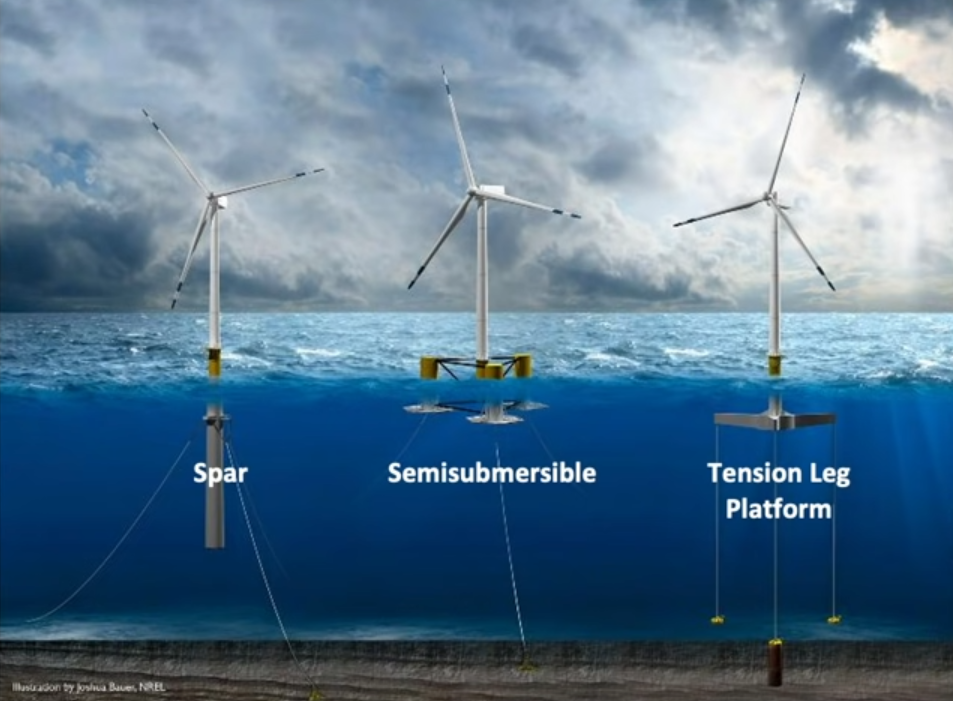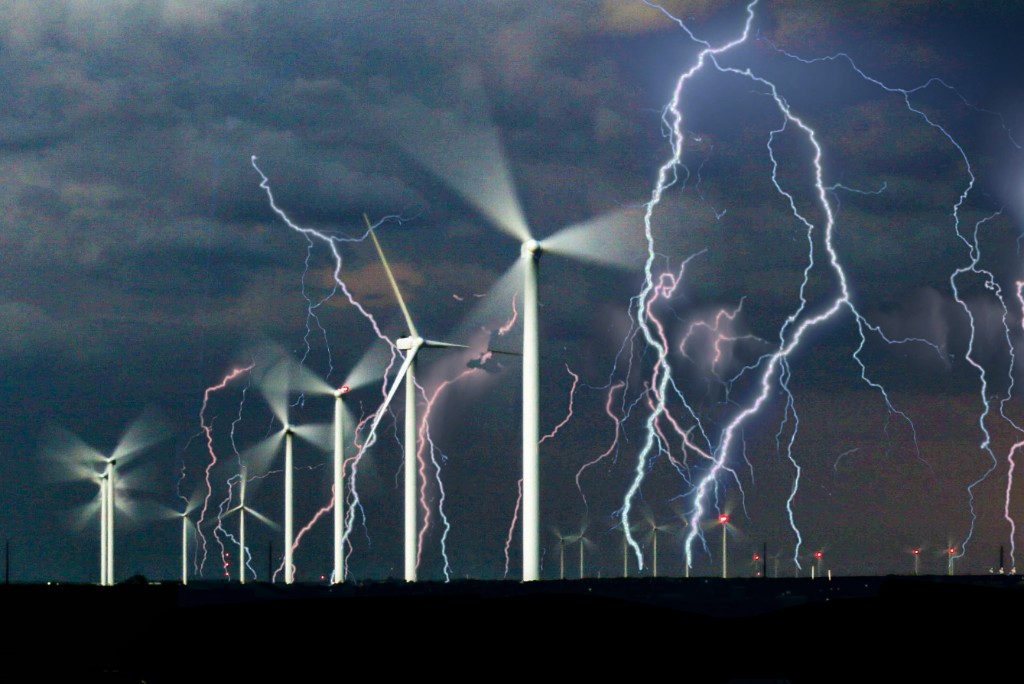
Floating Offshore Wind Turbines Explained
Overview of Floating Offshore Wind - National Renewable Energy Laboratory Webinar - March 17, 2020

Lightning Science and Wind-Turbine Electric Generator Protection
A celltower in Switzerland is struck by lighting more than 100 times per year. Scientists collect data there which may lead to lightning-resistant wind-turbine electric generator designs.

First Time: U.S. Renewable Electricity Exceeded Coal-Fired Generation in April 2019
Predicted to be a short-lived trend, as windpower declines and consumer electricity demand increases in Summer.

Four States Generate More Than Half of U.S. Windpower
Texas, Oklahoma, Iowa, and Kansas lead the nation.

Colorado Electric Generating Capacity 2017
Windpower annual power output grew more than 10X from 2006 to 2017.